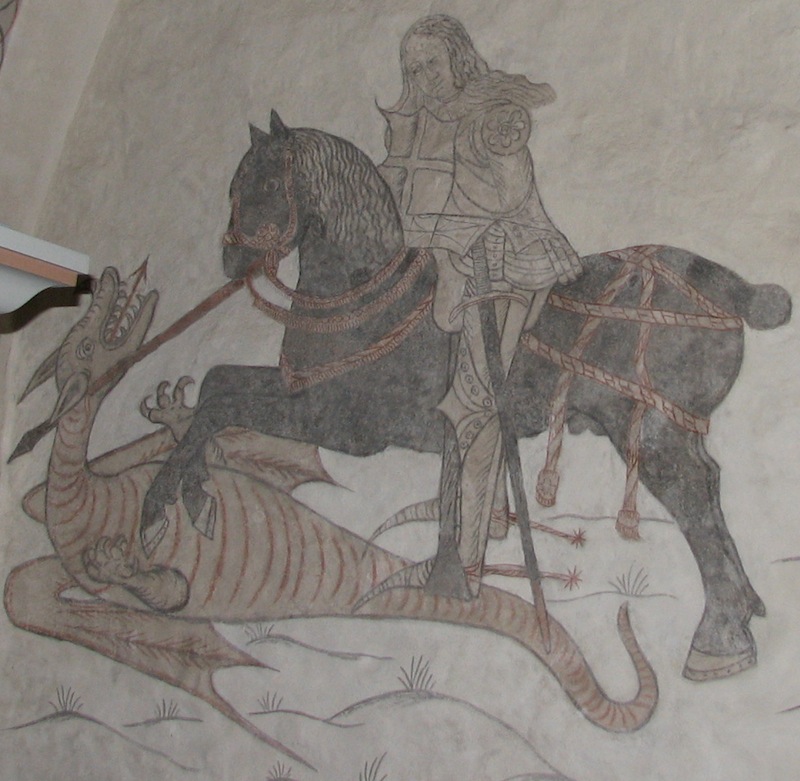| Timo Nieminen wrote: |
| Yes, as said above, I think that against a spear, grip the hilt. My feeling is that having more space in which I can threaten to push/grab/control the spear is good. The hilt should give enough leverage to push the spear around, without needing to hold the ricasso. And the cross-guard will help.
As for spear-like fighting, note that the main spear guards are point-high (pointing at face, or about head-high), or point-low, or extended-point. Parries will be transitions between these, often semi-circular, or transitions between left and right side of body versions of these guards. Same as, e.g., longsword, yes? Mostly, at least. A key thing for parries is how quickly you can do these transitions, and here leverage will help. Hand on ricasso will make these moves faster. But I think that against a spear, the longer distance of engagement I would get from both hand on hilt matters more. Against a shorter and heavier polearm, I think the extra leverage from hand on ricasso might be good. Also, against a really long spear (like a pike), maybe hand-on-ricasso is better. You can still use the guard for trapping and preventing disenging. Hard to say anything definite. Haven't done enough two-hander vs spear sparring. You already said the same earlier, and I don't disagree. It's a compromise weapon. Most weapons are compromises - why we don't have perfect weapons ideal for all circumstances - and this is too. What's interesting is what kind of environment made this particular weapon a good compromise. I don't recall seeing a scabbard for one of these two-handers. If they had scababrds that could be worn, then being able to wear them, instead of carrying them in your hand, like a spear, might make people think it better. |
So it would definitely by interesting to have more sparring two-hander vs. spear to see if the two handed sword can hold up defensively and counter the quick attacks from the spear, maybe copying the spear-guards for parries? Also how well does the cross-guard prevent the spear from disengaging when you catch it?
Other swords in the same time were very specialized - like panzerstechers for thrusting against plate armoured opponents. Other weapons like maces are also specialized against plate mail. So it first glance the Danish-two-hander also looks very specialized, but it's a trend "back" to a compromise weapon for improved defense.
Maybe the danish-two-hander is created to counter the rising emphasize on pikes on the battlefield we see especially with landsknechts and swiss mercenaries?
Some of the Danish-two-handed were originally found with scabbards, but I don't think anyone of them is preserved.
I have a suspicion though, that these swords are mostly battlefield weapons and not side-arms, simply because of their length. Scabbards were probably for storage purposes and not for carrying around.

